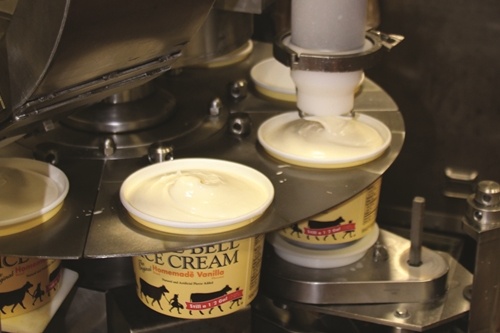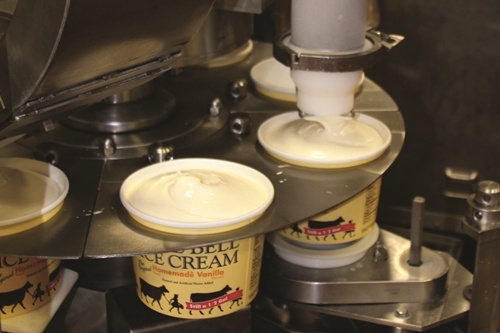
Moving items from place to place becomes more difficult if you need to keep the merchandise at a certain temperature. This requires companies to closely monitor another dataset beyond average supply chain logistics management information.
Sometimes businesses must ensure items stay at a consistent temperature. The challenges of temperature control – and more common for the health and food industries – is keeping products cold or frozen. This often calls for special equipment, rapid communication with partners and visibility. Proper temperature prevents certain inventory from becoming unusable and keeps consumables safe for customers.
Extreme Temperatures for Special Products
Packaging Digest reported the global health care cold chain logistics market is projected to increase by $ 3 billion between 2014 and 2018. A few things prompting this growth are a global demand for pharmaceutical products in new countries, an aging population and large molecules created through biotechnology that depends on very cold transport.
As markets emerge in India, China and South America, U.S. companies look for new ways to ship their goods around the world and maintain visibility without succumbing to the obstacles of geography. This often depends on partners being able to rapidly report the condition of goods and the speed of procedures. Foreign businesses usually have a strong grasp of local regulations.
Keeping pharmaceutical and other medical inventory at proper temperatures ensures products don’t lose potency. This is merchandise consumers often depend on for their health and safety, and they need the highest-quality goods possible. For this reason and more, federal regulators and other groups, such as the U.S. Food and Drug Administration and the World Health Organization, demand companies provide temperature data during transport.
Chilling Routine Merchandise
Biotech-derived large molecules require expensive equipment to maintain. Some companies may go the extra mile by shipping the medical products in containers with their own sensors that collect real-time data on temperature or other safety metrics. These solutions can prove effective for big-ticket items, but what about simpler goods?
The Wall Street Journal explained how The Hershey Company wants to find better inventory management solutions for its products – especially when it comes to smaller orders. Right now, the company uses ice packs and coolers that are cost-effective for big orders. When e-commerce customers buy one product at a time, however, the cost of proper packaging is more than the item itself. This is problematic because online shoppers often favor brands with the most convenient supply chain options and don’t want to break the bank on shipping.
Some companies overcome problems like this by using local distributors. Successful companies can also open smaller manufacturing operations closer to large consumer groups to shorten distribution distance. Businesses need to plan all of their operations and expansions with supply chain demands in mind. If a company wants to integrate an e-commerce channel, it needs to be aware of its available shipping resources.
Collecting Data Throughout the Frozen Supply Chain
Making the right supply chain choices about high-priced items and basic goods that need refrigeration calls for automated data collection solutions. It’s especially effective if companies implement sensors or mobile devices that can report information and developments as they happen.
An RFgen customer case study explained Trident Seafoods’ integrated Oracle’s JD Edwards ERP software and mobile data collection solutions to create consistent warehouse management procedures and supply chain visibility. The company wanted to ensure the quality of its products even as distribution contended with multiple locations, weather events, and long-term refrigerated storage.
A consumer will notice when a candy bar is melted, but may not be aware of contaminants hosted by improperly transported meats and seafood. A warehouse automation system helps show decision-makers, consumers and federal regulators exactly what happened during transport and the temperature the shipment was kept at during every step of the process.






